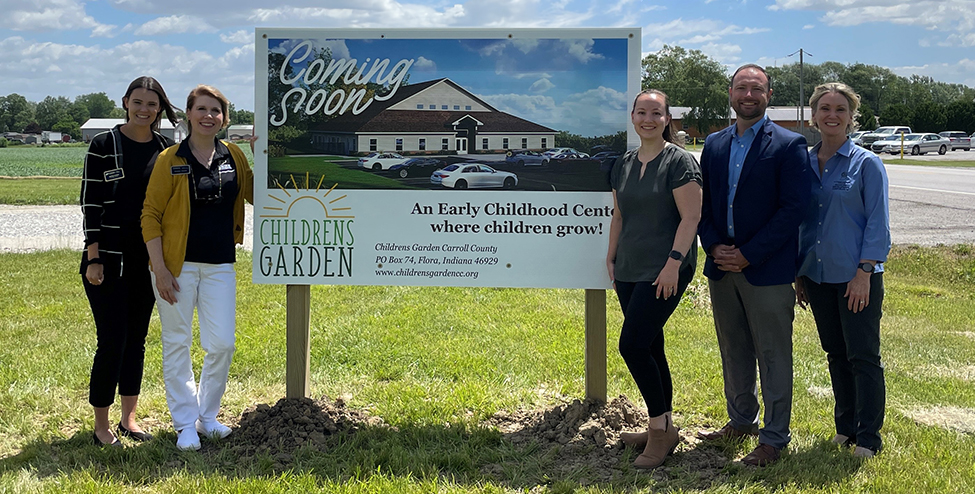How Affordable Is Home Broadband Service?

Written by Roberto Gallardo and Benjamin St. Germain.
Affordability of home internet service is among the top barriers to reduce the digital divide across the country and in Indiana. In fact, any project funded by the Broadband Equity, Adoption, and Deployment (BEAD) program will need to have a middle-class affordability plan and a low-cost broadband service option. Having an ultra-fast internet service available at your home does not address the divide if folks cannot subscribe because they cannot afford it. Answering the affordability question has been the quest of economists, researchers, and digital equity practitioners for years.
One way to try to answer this question is by conducting a willingness to pay or WTP study. WTP gauges what is the maximum price a customer is willing to pay for a product or service. A 2016 study by John Lai and his colleagues found that on average among Indiana residents, $0.10/Mbps (Megabits per second) per month was what they were willing to pay. However, this amount varied by groups such as age and employment status. In other words, a 200 Mbps download plan would translate into $20 per month.
Another way to get an idea of what is affordable is knowing what the average monthly cost among home internet subscribers is. A study by the Purdue Center for Regional Development (PCRD) that gathered data between 2019 and 2021 found that the average cost per month (internet only) for DSL was $50.15 compared to $58.62 for cable among more than 6,600 homes surveyed in Indiana. Close to 40% of homes surveyed said they would be willing to pay less than $50 per month, 35% between $50 and $74.99, and one-quarter of respondents $75 or more for “adequate and reliable home internet.”
However, affordability varies among different individuals and groups (e.g., rural versus urban, unemployed, older, homes with children, etc.) and is sensitive to local costs of living. Statewide numbers are helpful, but not enough. For these reasons, a different approach is needed to “contextualize” affordability at the local level.
This analysis proposes using different household types (e.g., 1 adult, no children) expenditures and different monthly broadband costs. This in turn will show the cost burden of broadband by household type and county. For example, a rule of thumb says that housing is affordable if it is no more than 30% of your gross monthly income. Because there is no similar rule of thumb for broadband service, we use multiple broadband costs to calculate its share of the household’s discretionary expenditures.
Data was obtained for all Indiana counties and the following household types: 1 adult, 0 children; 2 adults, 0 children; 1 adult, 2 children; and 2 adults, 2 children from the Economic Policy Institute (EPI) Family Budget Calculator. According to the EPI, this calculator “measures the income a family needs to attain a modest yet adequate standard of living” by outlining monthly costs for housing, food, transportation, healthcare, other necessities, childcare and taxes.
Table 1 shows the income needed in Tippecanoe County, Indiana (home of Purdue University) for the four household types mentioned above. According to these average estimates, a 1 adult, 0 children household would need to earn $2,849 monthly or $34,191 annually to “attain a modest yet adequate standard of living.” This number increases to $47,337 in a 2 adult, no children household and $83,106 in a 2 adult, 2 children household.
What share of the “other necessities”—which we assume include the discretionary expenditures—would a broadband cost of $25, $50, $75, and $100 be per household type? Table 2 shows the percent of broadband costs of other necessities expenditures by household types in Tippecanoe County, Indiana. For a 1 adult, 0 children household, $100 per month for broadband (which could include gigabit service) amounts to a little more than 30% of its other necessities compared to a little more than 17% for a household with 2 adults, and 2 children. This is not surprising since a larger household will have higher expenditures.
The question becomes: is it affordable? It depends on the value each household type attributes to home broadband. A household with a family of four may value (and need) faster, more expensive broadband for working from home and e-learning much more than a single adult household, to whom by the way, it also amounts to a greater share of its discretionary expenditures (30.4% versus 17.2%).
Which household is more likely to subscribe to $100 monthly internet service? Our bet is the family of four. Given the value it places on the service and its lower share of other necessities expenditures, may make broadband affordable. The single adult household may choose to subscribe to a cheaper, slower internet service, which is more affordable considering the value placed on the service and its share of other necessities expenditures.
We hope that this county-level data (see interactive tables below) helps better frame broadband affordability for different household types under the context of home expenditures.

Roberto Gallardo is the Vice President for Engagement and an Associate Professor in the Agricultural Economics Department. He holds an electronics engineering undergraduate degree, a... read more




